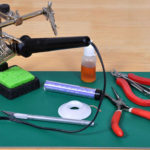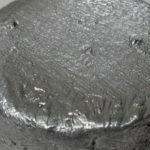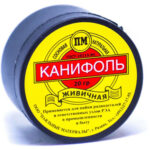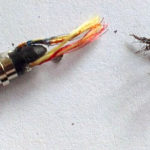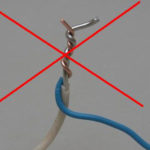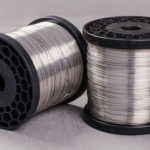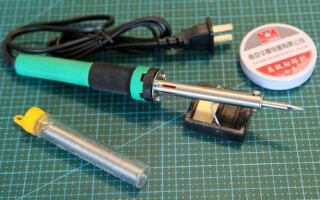Knowing how to properly solder is needed not only by radio amateurs and electrical installation specialists. Every home craftsman has to deal with the need for soldering when repairing household appliances.
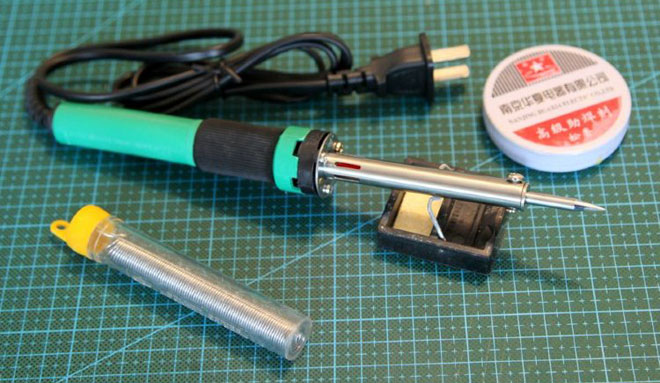
Content
Preparing the soldering iron for work
Before soldering with a soldering iron, you should properly prepare it for work. In everyday life, an electric soldering iron with a copper tip is most often used, which, during storage and operation, is gradually covered with a layer of oxide and is subjected to mechanical damage. To obtain a good quality solder joint, the preparation of the soldering iron for work is carried out in the following sequence:
- With a file with a fine notch, the working part of the sting is cleaned for a length of 1 cm from the edge. After stripping, the tool should acquire a reddish color, characteristic of copper, and a metallic sheen. During stripping, the sting is given a wedge-shaped, beveled, conical shape in order to solder what the master needs.
- Plug in the soldering iron and heat it up to operating temperature.
- The sting must be tinned, covered with a thin layer of tin - the same solder than soldering the connected conductors. To do this, the tip of the tool is immersed in rosin, and then a piece of solder is passed over it. Do not use a solder bar with rosin inside for tinning a soldering iron. To evenly distribute the solder, rub the working edges on the metal surface.
During operation, the floor will burn and wear out, so the soldering iron will have to be cleaned and tinned several times during the soldering process. You can clean the sting on a piece of sandpaper.
If the master will use a tool with a nickel-plated fireproof rod, it will have to be cleaned with a special sponge or damp cloth. Such a sting is tinned in a molten rosin, passing a piece of solder over it.
Soldering can be learned only in the process of work, but before that it is advisable to familiarize yourself with the basic operations.
Fluxing or tinning
The traditional and most affordable flux is rosin. If desired, you can solder with a solid substance or its alcohol solution (SKF, Rosin-gel, etc.), as well as TAGS flux.
The legs of radio components or chips are covered with semi-dry at the factory. But to get rid of oxides, you can tin them again before installation, lubricating them with liquid flux and covering them with a uniform layer of molten solder.
Before fluxing or tinning, copper wire is cleaned with fine emery cloth. This removes the oxide layer or enamel insulation. Liquid flux is applied with a brush, and then the place of soldering is heated with a soldering iron and covered with a thin layer of tin. Tinning in solid rosin is carried out as follows:
- melt a piece of the substance on a stand and heat the conductor in it;
- feed the solder rod and evenly distribute the molten metal over the wire.
It is necessary to properly solder massive copper, bronze or steel parts using active fluxes that contain acids (F-34A, Glycerol-hydrazine, etc.). They will help create an even layer of semi-dry and firmly connect parts of large objects. Tin is applied to large surfaces with a soldering iron, spreading solder evenly over them. After working with active flux, acid residues should be neutralized with an alkaline solution (for example, soda).
Heating and temperature selection
It is difficult for beginners to determine at what temperature the tool can be started. The degree of heating should be selected depending on the type of material:
- soldering microcircuits requires heating no higher than + 250 ° C, otherwise the parts may be damaged;
- large individual radio components can withstand heating up to + 300 ° C;
- tinning and joining copper wire can occur at +400°C or slightly lower;
- massive parts can be heated at the maximum power of the soldering iron (about +400°C).
Many models of tools have a thermostat, and it is easy to determine the degree of heating. But in the absence of a sensor, it should be borne in mind that a household soldering iron can be heated to a maximum of + 350 ... + 400 ° С. You can start working with the tool if the rosin and solder melt within 1-2 seconds. Most POS solders have a melting point of about +250°C.
Even an experienced craftsman will not be able to properly solder with a soldering iron that is not heated enough. With weak heating, the structure of the solder after solidification becomes spongy or granular.Soldering does not have sufficient strength and does not provide good contact of parts, and such work is considered a marriage.
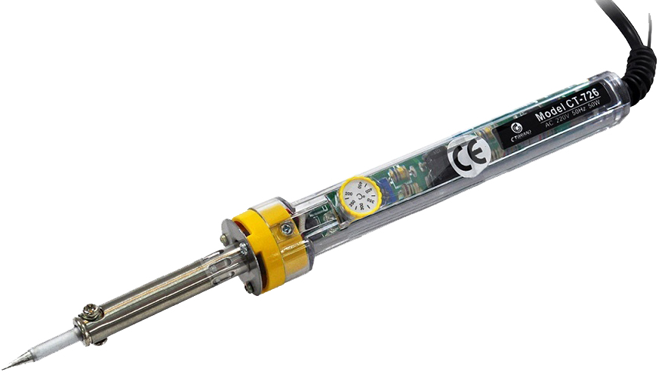
Soldering
With sufficient heat, the molten solder should flow. For small jobs, you can take a drop of alloy on the tip of the tool and transfer it to the parts to be joined. But it is more convenient to use a thin wire (rod) of different sections. Often, a layer of rosin is contained inside the wire, which helps to properly solder with a soldering iron without distraction from the process.
With this method, the surface of the connected conductors or parts is heated with a hot tool. The end of the solder bar is brought to the tip and pushed a little (by 1-3 mm) under it. The metal instantly melts, after which the rest of the rod is removed, and the solder is heated with a soldering iron until it acquires a bright sheen.
When working with radio components, it must be borne in mind that heating is dangerous for them. All operations are performed within 1-2 seconds.
When soldering connections of solid wires of large cross section, a thick rod can be used. With sufficient heating of the tool, it also melts quickly, but it can be distributed over the surfaces to be soldered more slowly, trying to fill all the grooves in the twist.
Similar articles:
